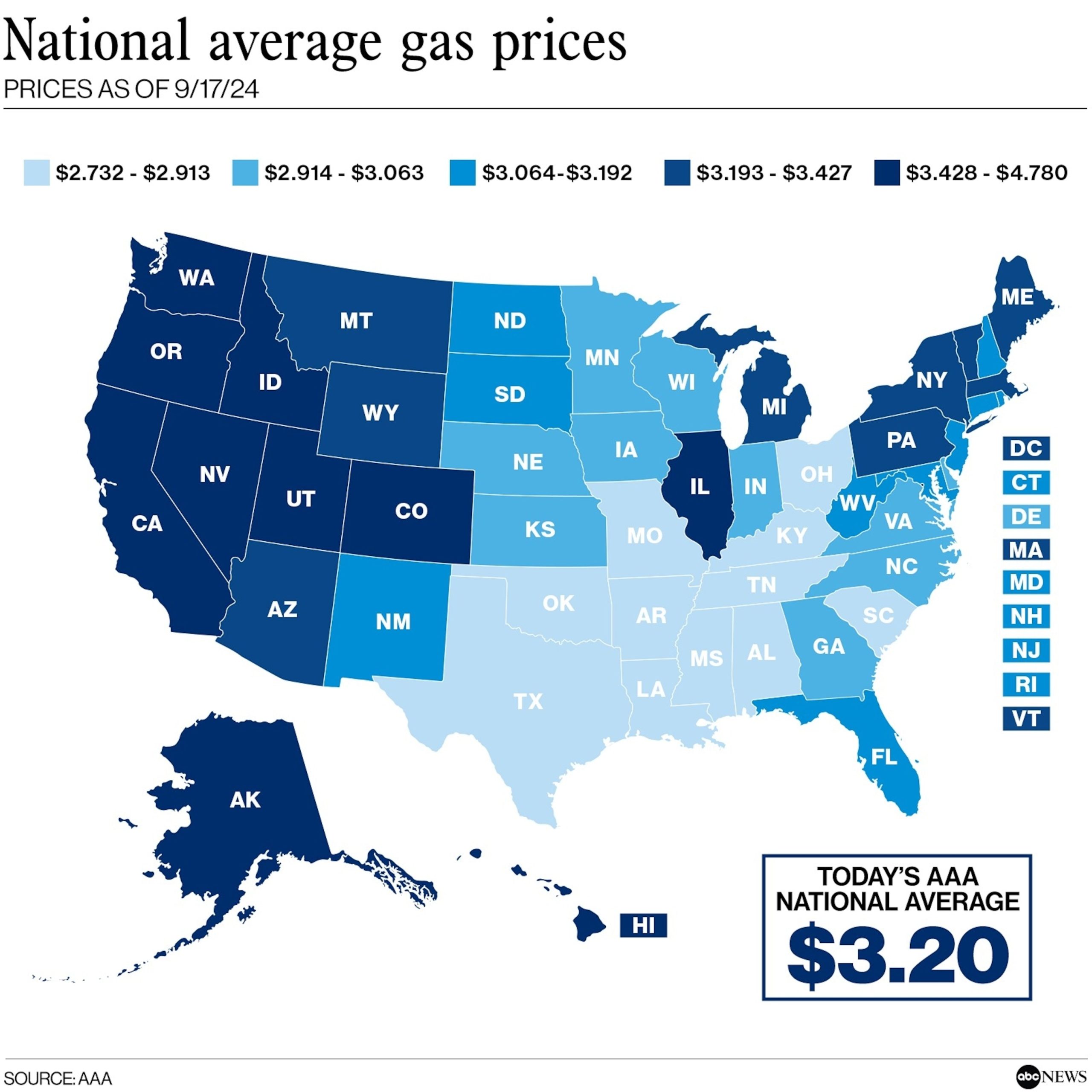
The number of Americans filing for unemployment benefits fell to its lowest level in two months last week, signaling that layoffs remain relatively low despite other signs of labor market cooling.
Jobless claims fell by 5,000 to 227,000 for the week of Aug. 31, the Labor Department reported Thursday. That’s the fewest since the week of July 6, when 223,000 Americans filed claims. It’s also less than the 230,000 new filings that analysts were expecting.
The four-week average of claims, which evens out some of the week-to-week volatility, fell by 1,750 to 230,000. That’s the lowest four-week average since early June.
Weekly filings for unemployment benefits, considered a proxy for layoffs, remain low by historic standards, though they are up from earlier this year.
During the first four months of 2024, claims averaged a historically low 213,000 a week. But they started rising in May. They hit 250,000 in late July, adding to evidence that high interest rates were finally cooling a red-hot U.S. job market.
Employers added just 114,000 jobs in July, well below the January-June monthly average of nearly 218,000. The unemployment rate rose for the fourth straight month in July, though it remains relatively low at 4.3%.
Economists polled by FactSet expect Friday’s August jobs report to show that the U.S. added 160,000 jobs, up from 114,000 in July, and that the unemployment rate dipped to 4.2% from 4.3%. The report’s strength, or weakness, will likely influence the Federal Reserve’s plans for how much to cut its benchmark interest rate.
Last month, the Labor Department reported that the U.S. economy added 818,000 fewer jobs from April 2023 through March this year than were originally reported. The revised total supports evidence that the job market has been steadily slowing and reinforces the Fed’s plan to start cutting interest rates later this month.
The Fed, in an attempt to stifle inflation that hit a four-decade high just over two years ago, raised its benchmark interest rate 11 times in 2022 and 2023. That pushed it to a 23-year high, where it has stayed for more than a year.
Inflation has retreated steadily, approaching the Fed’s 2% target and leading Chair Jerome Powell to declare recently that it was largely under control.
Traders are forecasting the Fed will cut its benchmark rate by a full percentage point by the end of 2024, which would require it to cut the rate by more than the traditional quarter of a percentage point at one of its meetings in the next few months.
Thursday’s report also showed that the total number of Americans collecting jobless benefits declined by 22,000 to 1.84 million for the week of Aug. 24.
The number of Americans filing for unemployment benefits has decreased to its lowest level in two months, signaling a potential stabilization in layoff rates across the country. According to the latest data released by the Labor Department, initial jobless claims dropped by 20,000 to a seasonally adjusted 320,000 for the week ending on October 16th. This marks the lowest level since mid-August and suggests that the labor market is gradually recovering from the impact of the COVID-19 pandemic.
The decline in jobless benefit applications is a positive sign for the economy, as it indicates that fewer people are losing their jobs and needing to rely on unemployment assistance. This trend is particularly encouraging given the recent surge in COVID-19 cases caused by the Delta variant, which had raised concerns about a potential slowdown in economic growth.
Economists believe that the decrease in jobless claims is a reflection of the overall strength of the labor market, with businesses continuing to hire and retain workers despite ongoing challenges. The reopening of schools and businesses, along with increased vaccination rates, have helped to boost consumer confidence and spending, leading to a more stable employment environment.
While the decrease in jobless benefit applications is a positive development, it is important to note that there are still millions of Americans who remain unemployed or underemployed due to the pandemic. The Federal Reserve has emphasized the need for continued support for workers and businesses as the economy continues to recover.
Overall, the latest data on jobless benefit applications provides some reassurance that the labor market is on a path towards stability. However, it will be important to monitor future trends closely to ensure that progress continues and that all Americans have access to meaningful employment opportunities.


